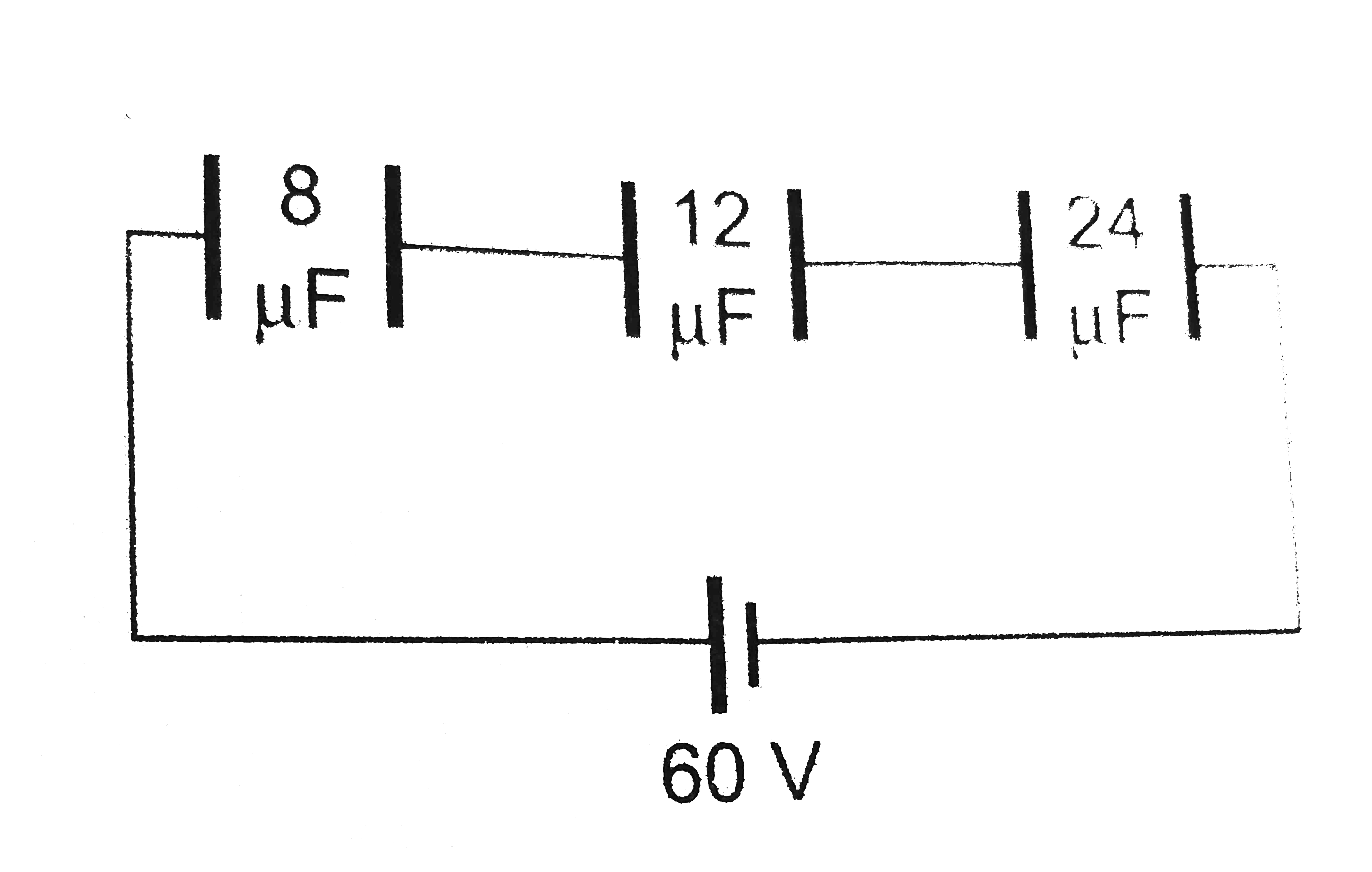Explain the concept of electric potential difference in terms of work done in transferring the charge.
Step-by-Step Solution:
1. Understanding Electric Potential Difference:
- Electric potential difference (often referred to as voltage) is defined as the difference in electric potential between two points in an electric field. It indicates how much work is needed to move a unit charge from one point to another.
2. Work Done in Transferring Charge:
- When a charge is moved in an electric field, work is done against the electric force. The amount of work (W) done to move a charge (Q) from one point to another is given by the formula:
W=V×Q
where V is the electric potential difference.
3. Unit Positive Charge:
- When we specifically talk about moving a unit positive charge (which is 1 coulomb), the work done can be simplified to:
W=V×1=V
This means that the electric potential difference (V) is numerically equal to the work done (W) in moving a unit positive charge from one point to another.
4. Conceptual Interpretation:
- Thus, the electric potential difference between two points can be understood as the amount of energy required to move a positive charge from one point to another against the electric field. If the potential difference is high, it indicates that more work is needed to move the charge, whereas a low potential difference means less work is required.
5. Conclusion:
- In summary, the electric potential difference between two conductors is equivalent to the work done in transferring a unit positive charge from one conductor to another. This concept is fundamental in understanding how electric circuits operate and how energy is transferred in electrical systems.
- Electric potential difference (often referred to as voltage) is defined as the difference in electric potential between two points in an electric field. It indicates how much work is needed to move a unit charge from one point to another.
- When a charge is moved in an electric field, work is done against the electric force. The amount of work (W) done to move a charge (Q) from one point to another is given by the formula:
W=V×Q
where V is the electric potential difference.
- When we specifically talk about moving a unit positive charge (which is 1 coulomb), the work done can be simplified to:
W=V×1=V
This means that the electric potential difference (V) is numerically equal to the work done (W) in moving a unit positive charge from one point to another.
- Thus, the electric potential difference between two points can be understood as the amount of energy required to move a positive charge from one point to another against the electric field. If the potential difference is high, it indicates that more work is needed to move the charge, whereas a low potential difference means less work is required.
- In summary, the electric potential difference between two conductors is equivalent to the work done in transferring a unit positive charge from one conductor to another. This concept is fundamental in understanding how electric circuits operate and how energy is transferred in electrical systems.
Topper's Solved these Questions
- CURRENT ELECTRICITYBOOK - ICSECHAPTER - CURRENT ELECTRICITYEXERCISE - Exercise-9(B)Multiple choice
3 Videos
- CURRENT ELECTRICITYBOOK - ICSECHAPTER - CURRENT ELECTRICITYEXERCISE - Exercise-9(B) Numericals
4 Videos
- CURRENT ELECTRICITYBOOK - ICSECHAPTER - CURRENT ELECTRICITYEXERCISE - Exercise-9(A)Numericals
3 Videos
- ELECTRICITY AND MAGNETISM BOOK - ICSECHAPTER - ELECTRICITY AND MAGNETISM EXERCISE - TOPIC 2 Magnetism (4 Marks Questions )
6 Videos
Similar Questions
Define the term potential difference.
View SolutionElectromotive force and Electric potential differ in the dimensions of
View SolutionDefine the emf (E) of a cell and the potential difference (V) across a resistor (R) in terms of the work done in moving a unit charge. State the relation between these two works and the work it charge through a cell connected across the resistor. Take the internal resistance of the cell as r. Hence, obtain expression for the current i in the circuit.
View SolutionWhat is meant by electric circuit ? Why does electric current start flowing in a circuit the moment circuit is complete ? When do we say that the potential difference across a conductor in a circuit is 1 volt ?
Calculate the potential difference between the two terminals of a battery if 12 joules of work is done in transferring 2 coulombs of charge.
View SolutionFind the electric potential energy of the system of charges
View SolutionFind the work done in taking a charge 100μC from C & D.
View SolutionExplain the molecular concept of different types of modified alleles.
View SolutionFind the potential difference and charge on each capacitor.

View SolutionThe potential energy of a system increased if work is done
View SolutionThe potential energy of a system increased if work is done
View Solution


